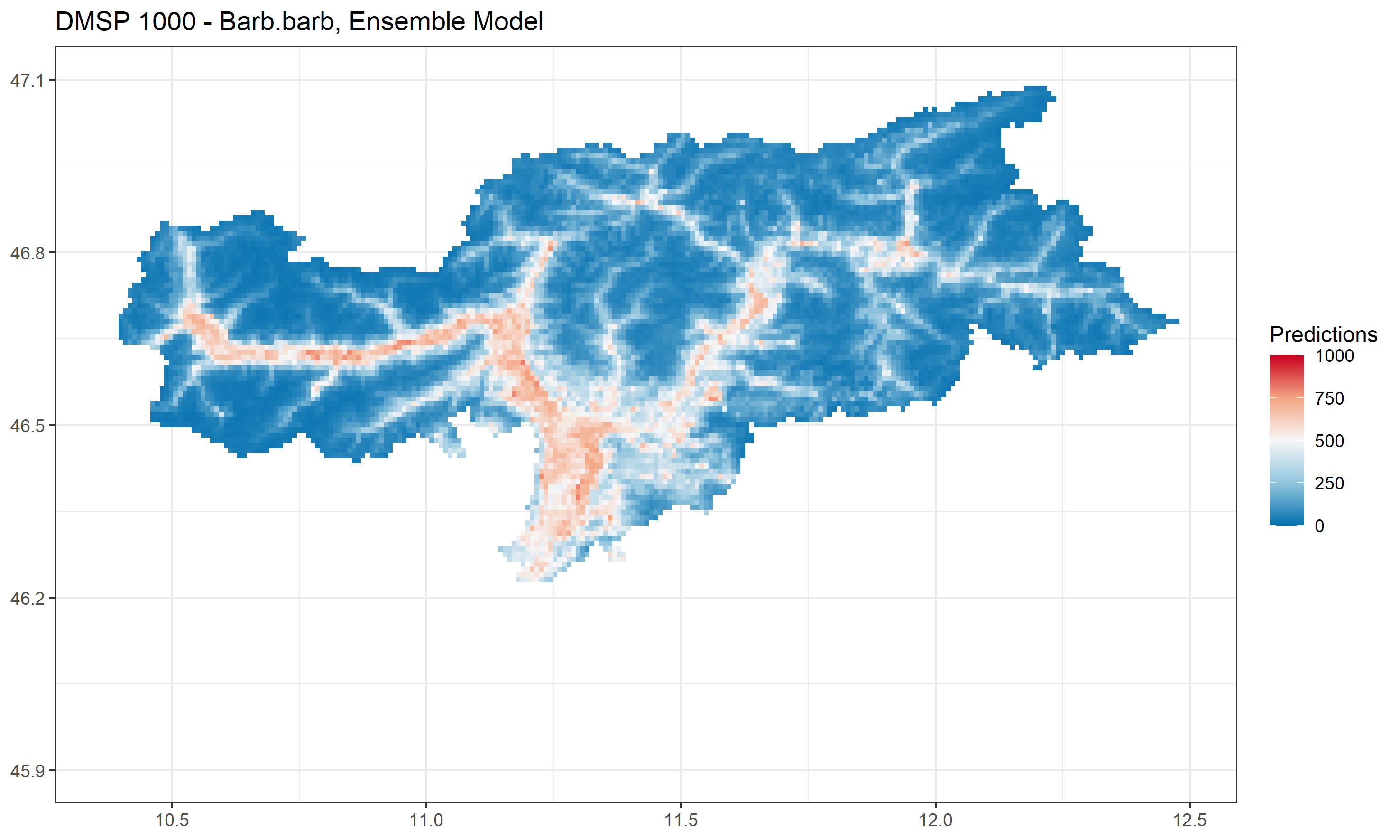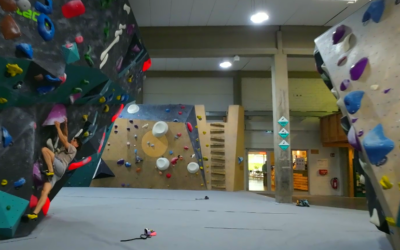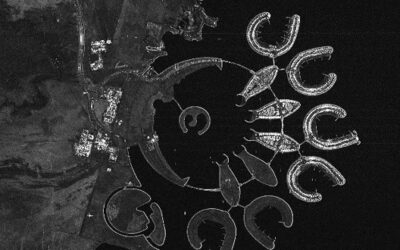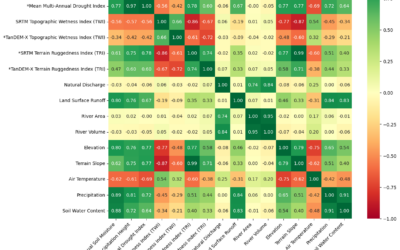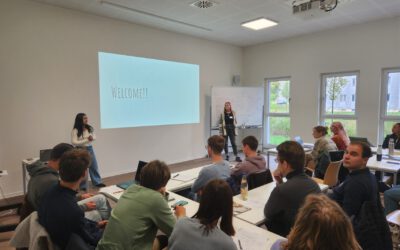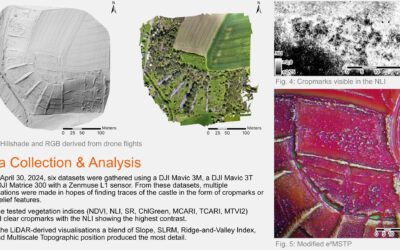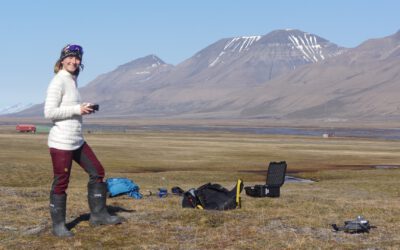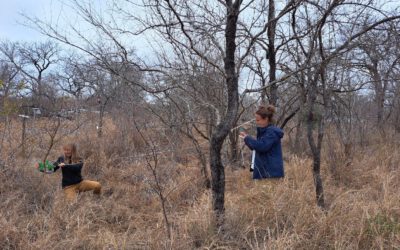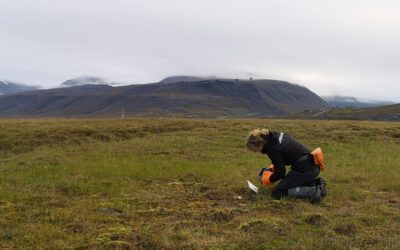On Tuesday, October 31, 2023 at 12 a.m Joy-Giovanni Matabishi will present his Msc Thesis
“Modelling Bat Distribution and Diversity with Artificial light as a Focal Predictor in South Tyrol”
in the seminar room 3 in John-Skilton-Str. 4a/ground floor.
Modelling Bat Distribution and Diversity with Artificial light as a Focal Predictor in South Tyrol
From the abstract:
Currently, 88% of Europe’s surface area is experiencing some kind of light pollution during nights, The widespread introduction of artificial light at night disrupts the natural light cycle, particularly in many organisms. Despite such findings, Limited information exists on how highly mobile taxa like bats respond to artificial light at night.
Our Research investigated the impact of artificial light on bat activity, bat species assemblages, and guild composition. We obtained nightlight data from 3 different satellite sensors: The Defense Meteorological Satellite Program Operational Line Scanner (DMSP/OLS), the Visible Infrared Imaging Radiometer Suite on board the Suomi National Polar-orbiting Partnership (Suomi NPP–VIIRS) and the Luojia 1-01 for the summer of 2019. We were successful in collecting data for eighteen different bat species, including four that are red list species. In this study, we employed a novel approach utilizing Generalized Boosting Model (GBM) with Ensemble Small Models (ESMs) to model the distributions of species with limited data. This methodology involves combining multiple small models and subsequently aggregating them into an ensemble model, wherein the small models are weighted based on their validated scores for predictive accuracy. The predictions were weighted using the AUC and the ensemble models were evaluated using the Continuous boyce index (CBI), a reliable presence-only evaluation metric that is not prone to overestimating the predictive power of models built on a limited number of data. Through this study, we were able to determine the impact of the spatial configuration and composition of artificial light in landscapes on bat species composition and diversity, as well as their activities.
Hosting Institution: EURAC Research – Institute for Alpine Environment – Bolzano, Italy
1st supervisor: Dr. Martin Wegmann
2nd supervisor: Dr. Chiara Paniccia – Institute for Alpine Environment

